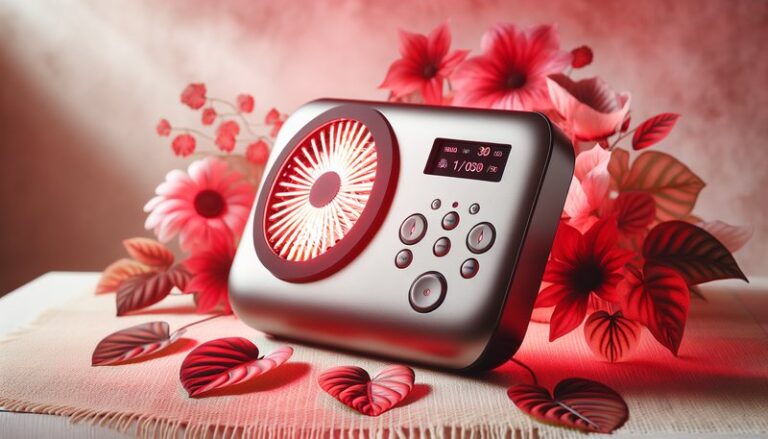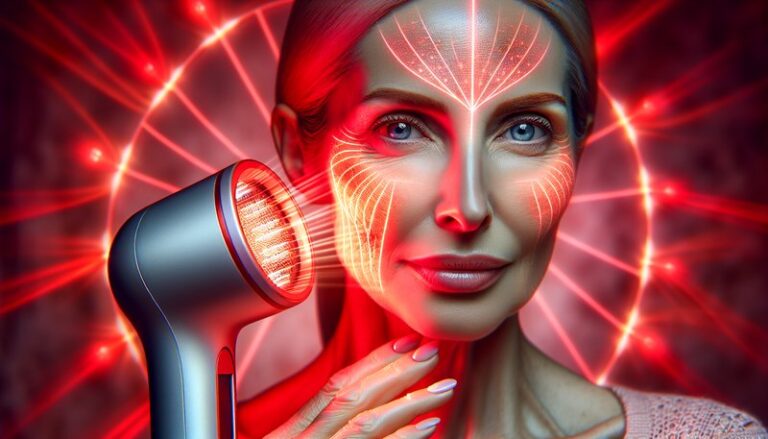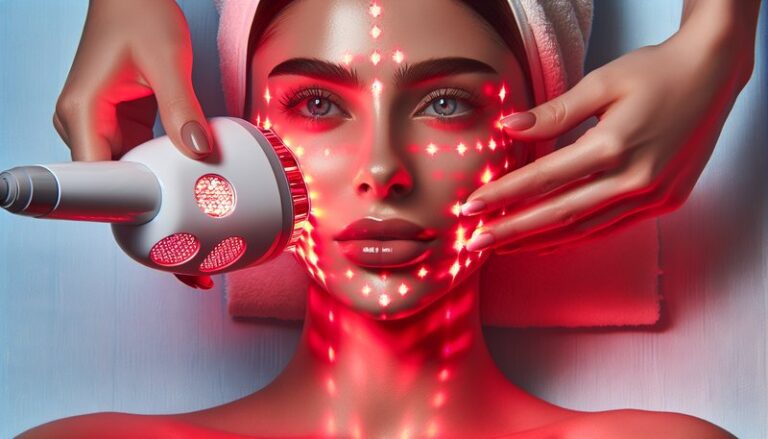Who Should Not Use Red Light Therapy?
Who Should Not Use Red Light Therapy?
Are you considering red light therapy for its numerous benefits but unsure if it’s right for you?
This article explores who should avoid red light therapy, ensuring you have crucial information before embarking on your wellness journey. We will discuss specific health conditions, safety concerns, and potential risks associated with this popular treatment modality.
Key Takeaways
- Not everyone is suited for red light therapy; certain health conditions may exacerbate risks.
- Pregnant individuals should steer clear of red light therapy due to potential unknown effects.
- People with certain types of skin conditions or treatments should exercise caution.
What is Red Light Therapy?
Red light therapy (RLT) is a low-level light treatment that uses specific wavelengths of light — typically in the range of 600 to 650 nanometers for red light, and 800 to 850 nanometers for near-infrared light. This technology aims to promote healing, reduce inflammation, and alleviate pain by penetrating the skin and stimulating cellular processes.
Researchers and practitioners believe that red light therapy can improve skin health, enhance muscle recovery, and support overall well-being. However, while many benefit from RLT, it is essential to understand that it may not be appropriate for everyone.
What are the Benefits of Red Light Therapy?
Before delving into who should avoid red light therapy, let’s consider some of its benefits:
Accelerated Wound Healing
Red light therapy can significantly boost healing by increasing collagen production and cellular regeneration, making it beneficial for those recovering from injuries or surgeries.
Reduction of Inflammation
Studies indicate that RLT can help reduce inflammation, providing relief from conditions such as arthritis and other inflammatory diseases.
Enhanced Skin Health
Many individuals use red light therapy for its skin-enhancing properties, such as reducing fine lines, acne, and improving skin tone by rejuvenating skin cells.
Pain Relief
Red light therapy has shown effectiveness in managing pain associated with chronic conditions like fibromyalgia and joint disorders, making it an appealing option for many.
Is it Possible to Use Red Light Therapy Safely?
While red light therapy offers numerous advantages, safety is paramount. Understanding who should refrain from using RLT is crucial to avoid potential complications or exacerbation of existing conditions.
What are the Advantages of Identifying Unsuitable Candidates?
Being aware of who should not utilize red light therapy can help:
- Avoid health risks linked to certain medical conditions.
- Prevent worsening of skin or health issues.
- Ensure users make informed decisions for their well-being.
What are the Disadvantages of Red Light Therapy for Certain Individuals?
For some, using red light therapy may lead to:
- Aggravation of pre-existing health conditions.
- Skin reactions or sensitivities.
- Psychological distress due to unmet therapeutic expectations.
What are the Things to Consider Before Using Red Light Therapy?
Several factors should be taken into account to determine if red light therapy is suitable for you:
Existing Medical Conditions
Individuals with severe health issues like cancer or those on medications that make them photosensitive should consult healthcare providers before considering RLT.
Pregnancy
As the effects of red light therapy during pregnancy are not well studied, it is generally recommended that pregnant individuals avoid this treatment to ensure safety for both mother and child.
Skin Sensitivity
Those with skin conditions, such as eczema or psoriasis, might experience irritation or adverse reactions. Consulting a dermatologist beforehand is essential.
Medications
Certain medications, particularly those resulting in photosensitivity (e.g., antibiotics, chemotherapy drugs), can lead to adverse reactions when using red light therapy.
What are the Alternatives to Red Light Therapy?
If red light therapy isn’t suitable for you, various alternatives can help achieve similar benefits:
Read all about it Does Red Light Therapy Boost Vitamin D?
Laser Therapy
Laser treatments can target specific skin concerns and may be advisable for those who cannot use RLT.
Ultrasound Therapy
Ultrasound therapy uses sound waves to promote tissue healing and might be suitable for individuals avoiding red light therapy.
Physical Therapy
For pain relief and rehabilitation, traditional physical therapy can provide safe and effective treatment options.
Topical Treatments
Over-the-counter topical creams or prescription medications for skin conditions can work as an alternative to red light therapy for some users.
Conclusion: Is it Recommended to Use Red Light Therapy?
Red light therapy offers numerous benefits but might not be appropriate for everyone. Individuals with specific health conditions, skin sensitivities, or those who are pregnant should consider alternatives or consult with healthcare professionals before proceeding.
Understanding the safety and suitability of red light therapy ensures that you make informed choices about your health and well-being.
Frequently Asked Questions
Can red light therapy be used without medical supervision?
It is generally safe for many individuals; however, if you have existing health conditions or concerns, consulting a healthcare provider is advisable.
Discover more in Eye Protection for Red Light Therapy?
Is red light therapy effective for weight loss?
Some studies suggest it could aid in weight loss, but it should be combined with a healthy lifestyle for best results.
Can I use red light therapy if I have diabetes?
Individuals with diabetes should consult their healthcare provider before utilizing red light therapy, especially if they have complications related to their condition.
How often should one use red light therapy for optimal results?
Frequency of use can vary, but many practitioners recommend sessions 2-3 times a week for best results, depending on individual goals.
Are there any side effects of red light therapy?
Most users experience few side effects; however, some may encounter temporary skin irritation. Always consult a professional if unsure.






